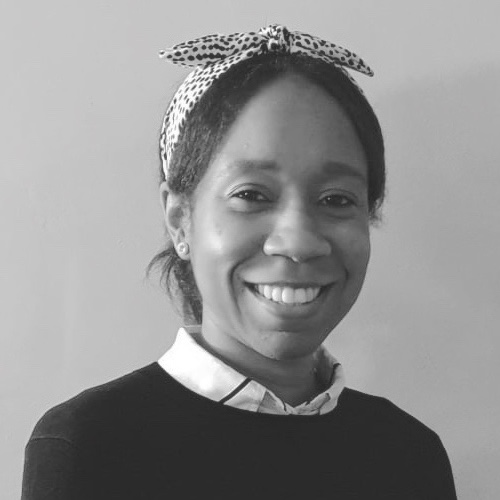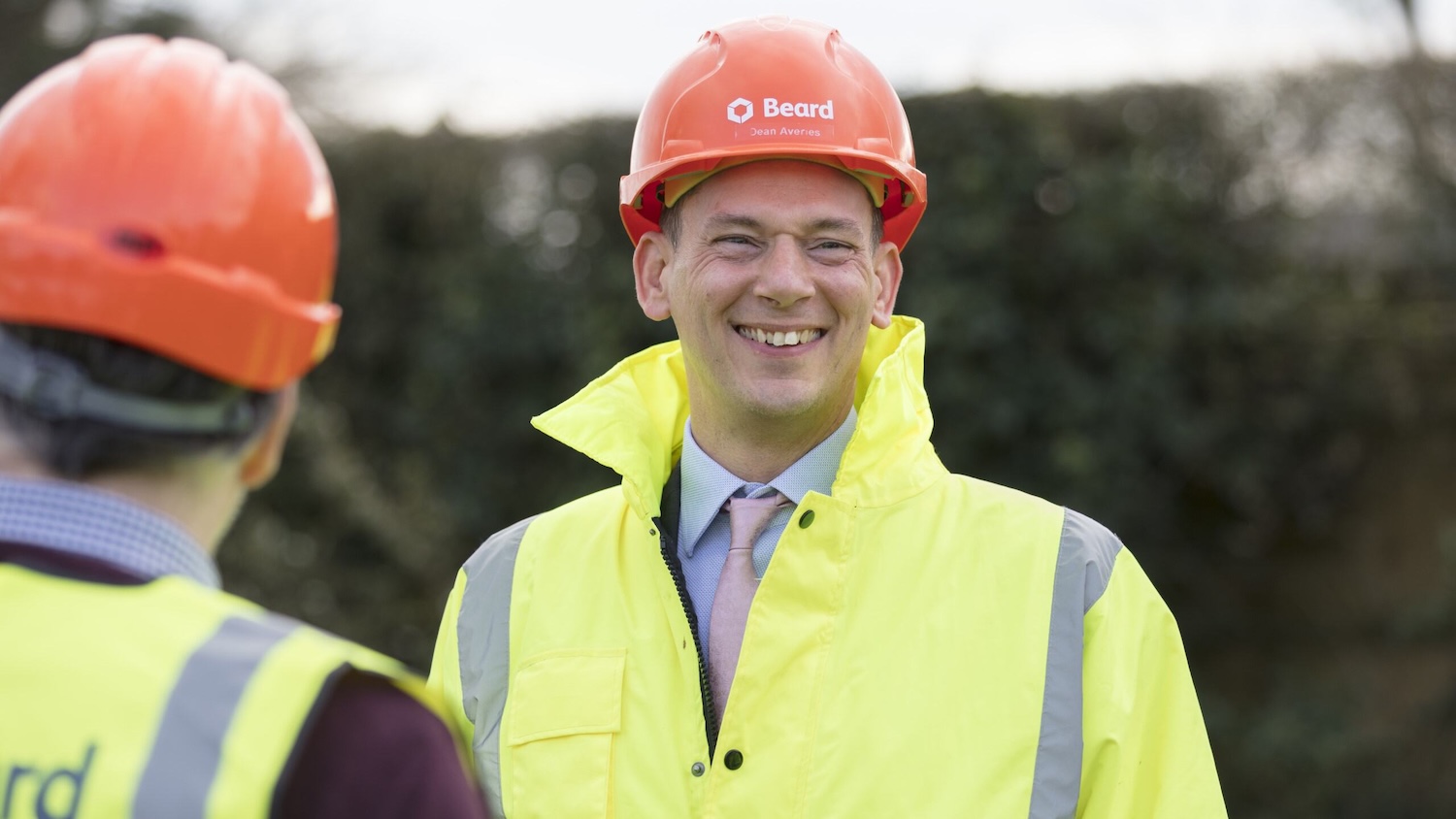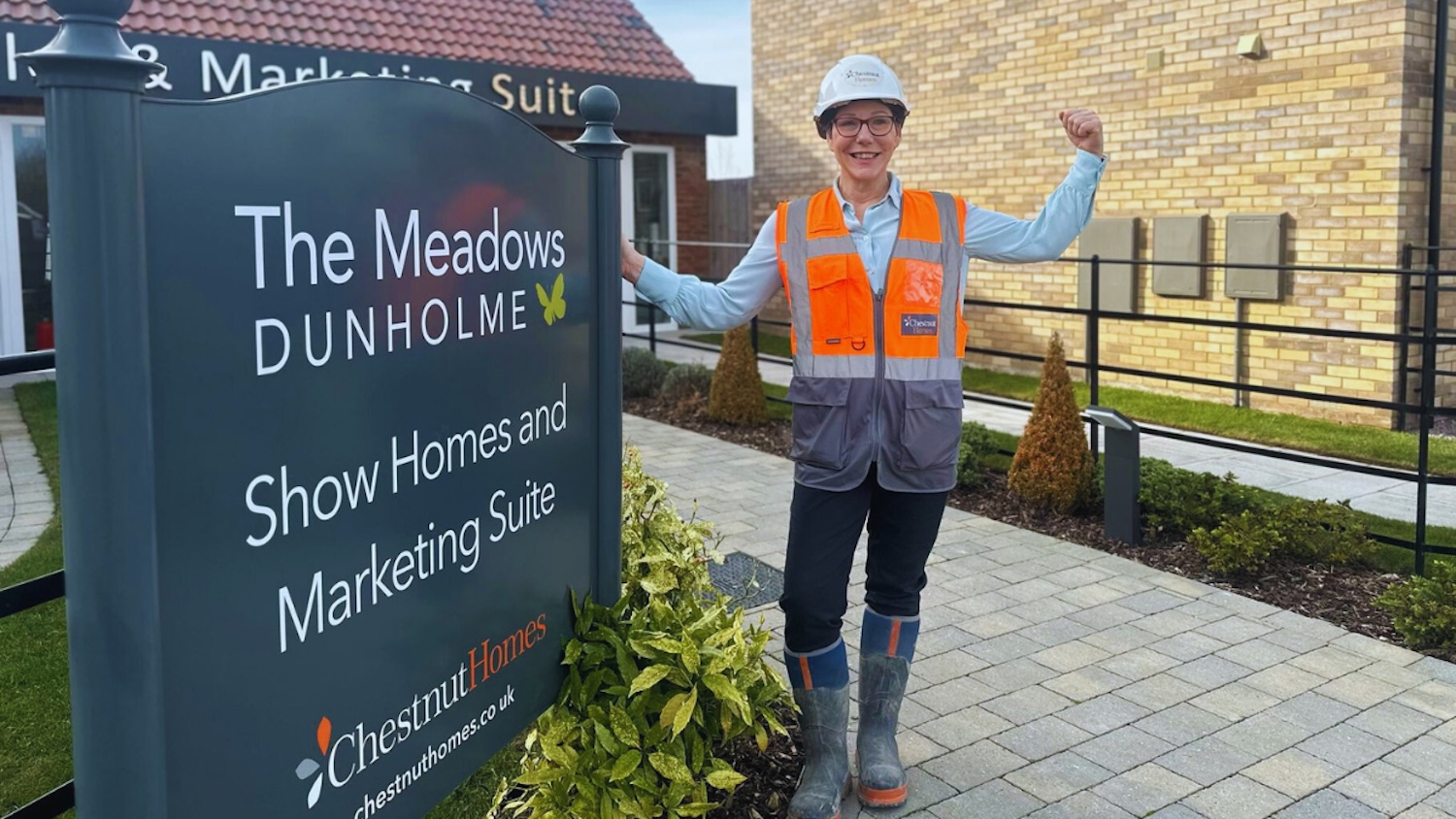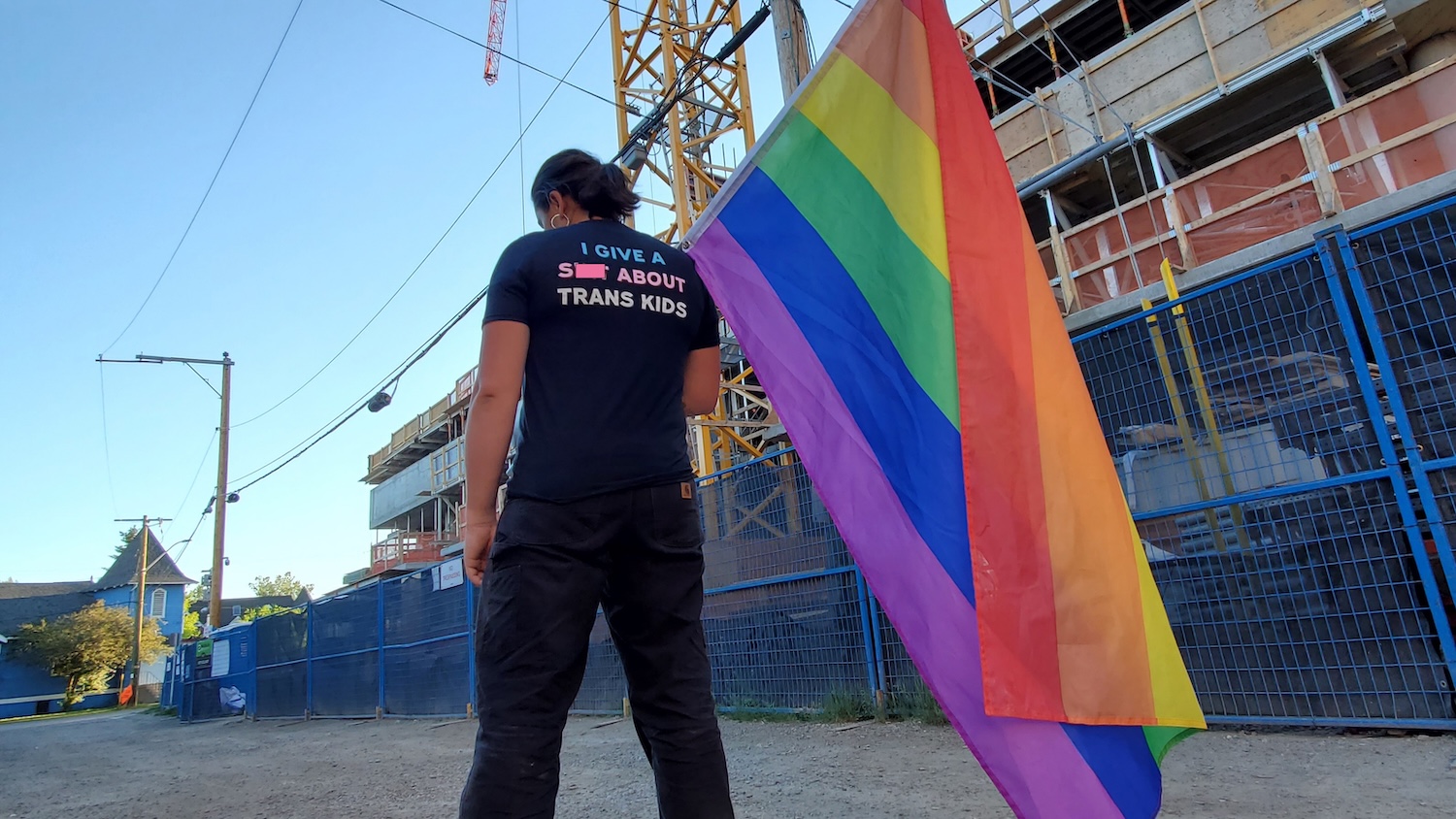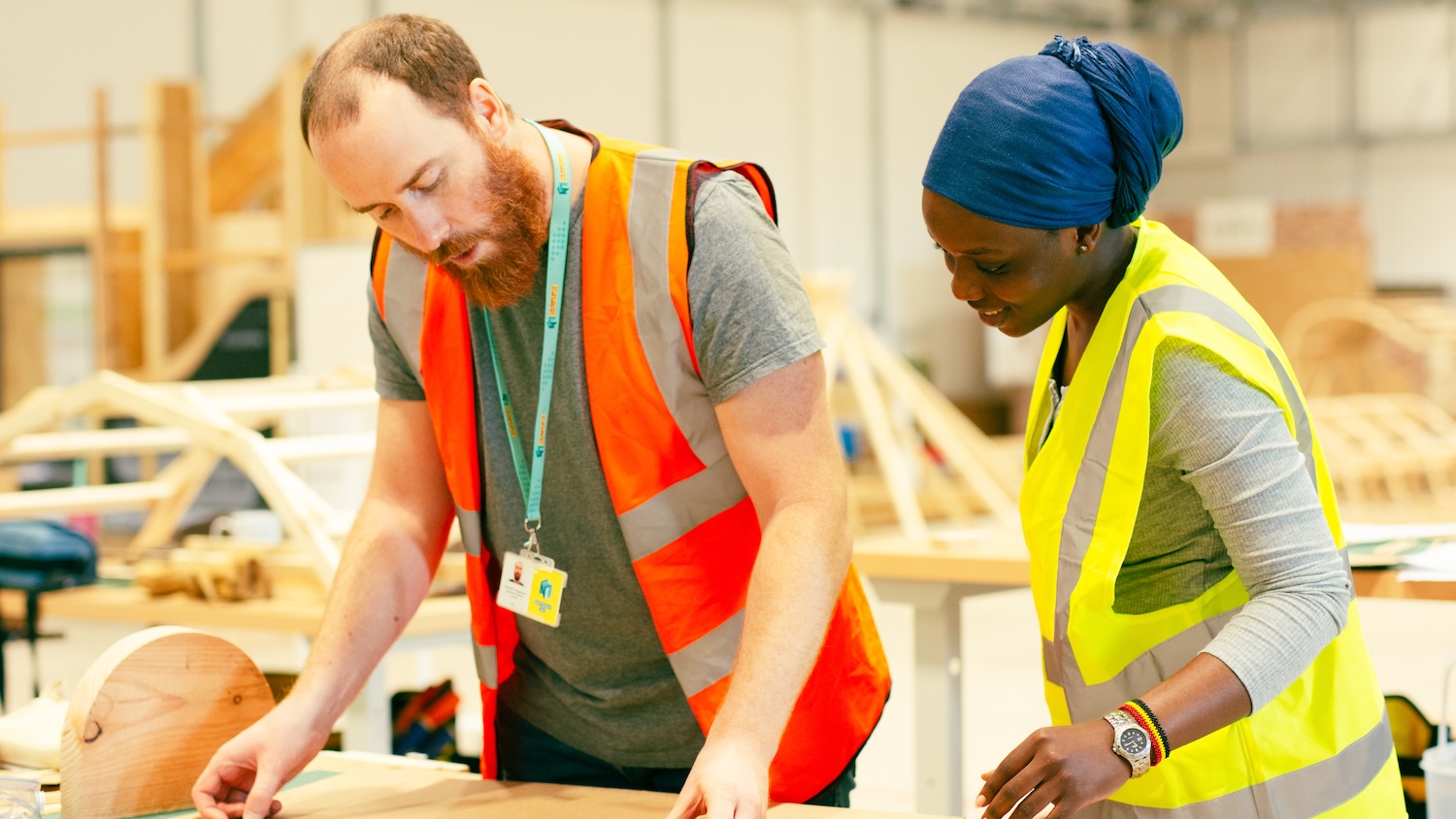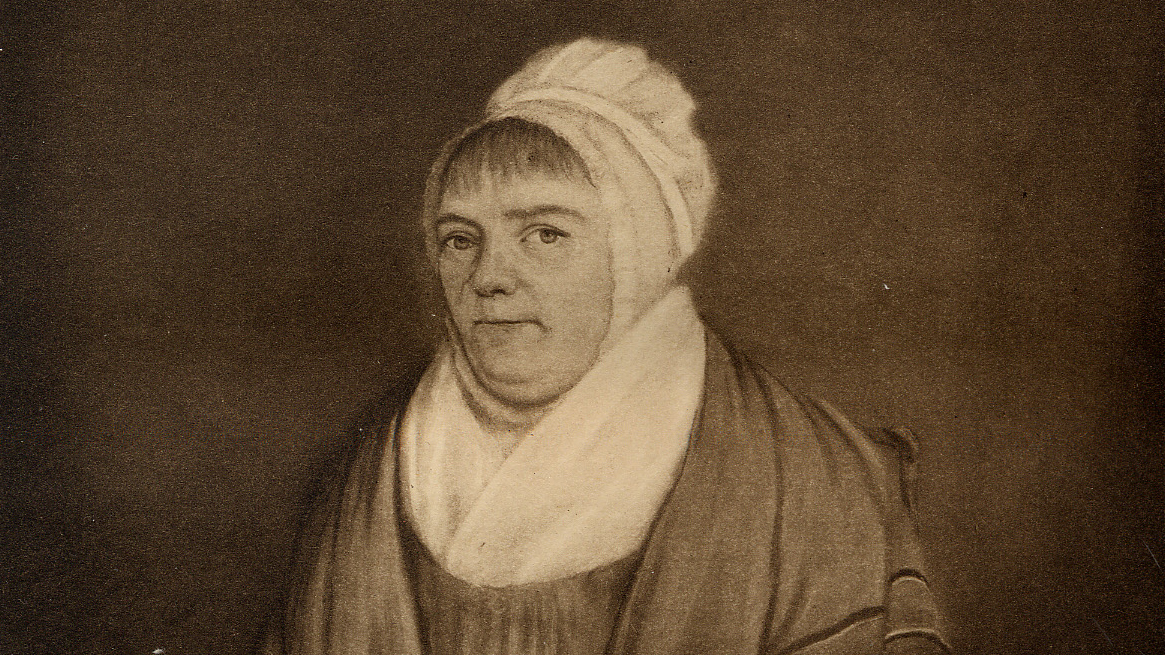
How academia is shaping EDI in the built environment
As a signatory of the CIOB Diversity & Inclusion Charter, the University of Newcastle in Australia is helping the built environment sector address the challenges of today and tomorrow
The Australian construction industry currently employs approximately 1.35 million people, according to the Australian Bureau of Statistics.
But to keep pace with existing and new infrastructure projects, Master Builders Australia estimates that 486,000 people need to enter the building and construction industry by the end of 2026.
As a male-dominated industry – just 12% of the workforce identify as female and less than 2% of on-site roles are occupied by women, according to the National Association of Women in Construction – there is a pressing need to increase diversity across the workforce.
Dr Buddhini Ginigaddara, associate lecturer at the University of Newcastle (UoN) in Australia, is concerned that the industry is “ignoring about half of [the country’s] potential workers”.
The UoN’s School of Architecture and Built Environment (SABE) is working closely with internal and external stakeholders to help address this complex issue.
As part of this initiative, the university has signed the Chartered Institute of Building (CIOB) Diversity & Inclusion Charter – the first university in the southern hemisphere to do so.
CIOB Charter’s five commitments
- Show leadership: Demonstrate visible senior leadership by highlighting the business benefits of diversity and inclusion in both internal and external messaging and action.
- Make a plan: Create a plan, including targets where appropriate, to address under-representation, reduce identified pay gaps and ensure equitable development and progression for all.
- Shape the culture: Display messages promoting an inclusive culture and making it clear that discriminatory language or inappropriate behaviour will not be tolerated.
- Be transparent: Publish an annual report detailing the progress made against the CIOB targets and setting out your plans for the next 12 months.
- Be accountable: Demonstrate board-level accountability by assigning responsibility for these Charter commitments to the CEO or a named director.
“We believe that collaboration involving multiple strategies will have a much better impact both globally and locally,” says Ginigaddara.
“The SABE staff representation itself is an excellent testimony to our equity, diversity and inclusion (EDI) approach, where the 20-25 academic and professional staff team is originally from 15-17 countries worldwide, along with four Indigenous academic staff members representing Aboriginal and Torres Strait Islander people.
“As such, we strive to achieve similar EDI targets in all our actions while providing education and research solutions to a predominantly male-dominated industry such as construction.”
Shared objectives
Ginigaddara explains that the CIOB Diversity & Inclusion Charter aligns with the UoN’s commitment to gender equity, inclusive leadership, Indigenous advancement, cultural diversity, and accessibility and inclusion.
“EDI committees have been established at both the university and college levels and are designed to implement a coordinated strategy through annual action plans,” she says.
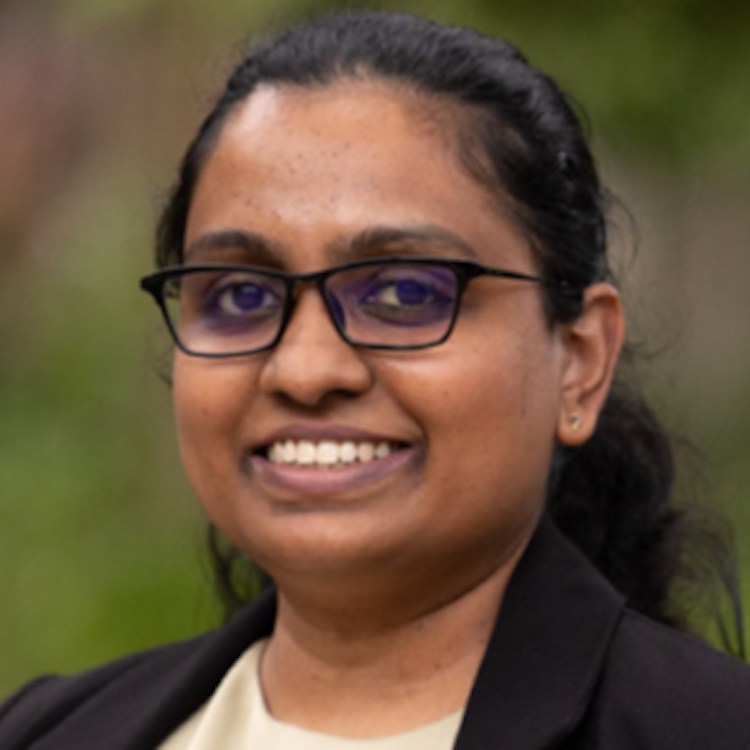
We are the first architecture and built environment school in Australia to have achieved gender equity in our staff. We are one of the most diverse schools at the UoN
“We were among the first Australian universities to receive the Bronze Award under the Athena SWAN charter, which is the only global framework for evaluating gender equity in higher education.”
At the heart of the university’s EDI strategy for 2023-2025 is a commitment to ‘value every person every day”.
“Although the university already has many excellent existing programmes, policies and plans supporting the equity, diversity and inclusion of its students and staff, these had not previously been integrated into one approach with targeted actions,” explains Dr Fredelino Lijauco, lecturer at the UoN.
“Now, EDI is integrated and prioritised into all aspects of the university and is everyone’s obligation.
“The university’s commitment to EDI is evidenced through its people and programmes. At the UoN, we believe everyone has the right to participate, engage and contribute.”
At SABE specifically, Ginigaddara says the approach to EDI is “even more hands-on”. The school works collaboratively with other schools through the College of Engineering, Science and Environment EDI Committee, which promotes EDI in all areas of teaching, research, leadership and engagement.
“We are the first architecture and built environment school in Australia to have achieved gender equity in our staff. We are one of the most diverse schools at the UoN,” she explains.
As well as the faculty, diversity is also reflected across the student body. Approximately 33% of students are female, while around 14% of students come from a low socioeconomic background and 17% are from remote or regional areas.
Accessibility support services are also available for students, as well as reasonable adjustment plans for students with a disability or those who are new to academic study and choose to complete a prior enabling programme.
Indigenous communities
While just 3% of students identify as Indigenous, the university has a laser focus on increasing participation rates.
Ginigaddara explains that the 8 Ways framework – an initiative from the New South Wales Department of Education – has been incorporated to embed Indigenous knowledge into all courses.
“The framework scaffolds high-impact teaching strategies to create enhanced student learning experiences and outcomes,” she adds.
Key recommendations for built environment employers
- Embed EDI in everything, from the layout of your office or site and your working practices through to your board of directors.
- Prioritise diversity in your workforce across operations (horizontally) and organisational levels (vertically).
- Recognise and actively support the continuation of the cultural and educational practices of Indigenous people.
- Champion visible role models of EDI and mentoring in the workplace.
“It comprises eight interconnected pedagogies that see teaching and learning as fundamentally holistic, non-linear, visual, kinaesthetic, social and contextualised.”
SABE’s existing commitment to EDI has continued to accelerate since signing the CIOB Diversity & Inclusion Charter.
As such, the school is embarking on a Bachelor of Construction Management Enhancement Programme, designed to improve the value, quality and accessibility of courses.
Lijauco says the programme “applies a number of principles including learning maps, self-paced and interactive learning, supported by intensive and drop-in sessions, and accessibility and inclusion considerations”.
“At present, about 65% of our students are enrolled as online students. The rest – enrolled as on-campus students – are online anyway.
“The programme is expected to make it easier for students from a range of backgrounds to engage not only with the course but also with staff and other students.”
The school is also introducing courses designed to develop the future generation of built environment professionals who can work respectfully and ethically on and with ‘Country’ – a term often used by Indigenous Australians to describe the nation’s lands, waterways and seas.
“This year, we have delivered ARBE1106 Country Led Practice in the Built Environment, which combines problem-based, experiential, cooperative and active learning to give students an opportunity to consider, reflect and form their own approach to culturally competent professional practice,” explains Lijauco.
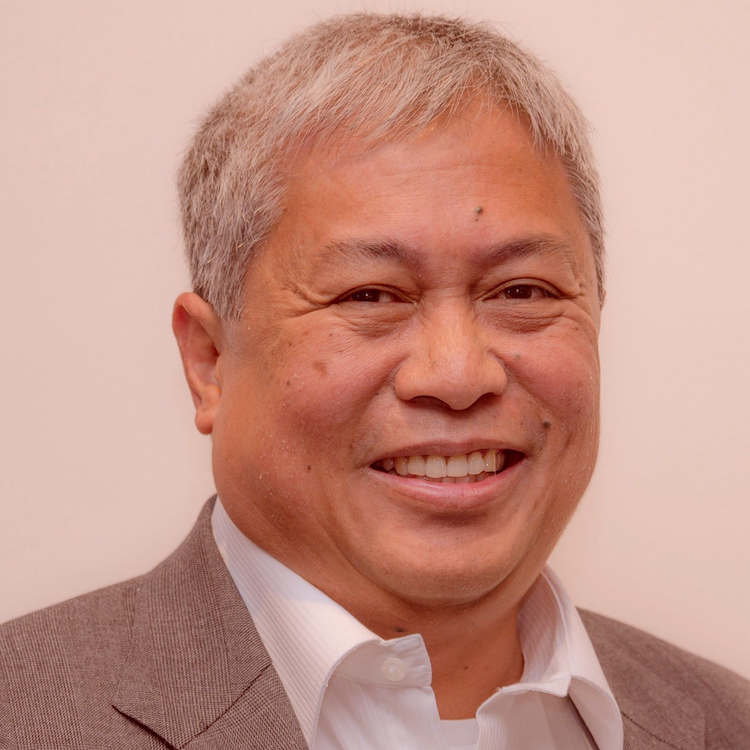
A new Graduate Certificate in Country Guided Practice in the Built Environment will cover Indigenous engagement for responsible innovation, Indigenous cultural heritage, a live project and Indigenous arts-based guided research
“At the conclusion of this course, students will have developed capacity for culturally competent problem-solving, intercultural awareness and ethical engagement with Indigenous people.”
He adds: “We will also offer a new Graduate Certificate in Country Guided Practice in the Built Environment. This will cover Indigenous engagement for responsible innovation, Indigenous cultural heritage, a live project and Indigenous arts-based guided research.”
Industry partners
Through SABE’s longstanding relationships with professional institutes, including CIOB, and industry associations and businesses, the school is helping to support graduates from underrepresented groups to pursue built environment careers.
Both Lijauco and Ginigaddara believe many employers across the industry are on the right path to embrace EDI practices in the workplace.
However, they acknowledge that there is more work to be done.
They are keen to see industry leaders continually review who they do business with, why and how, including how they recruit, train, retain and develop their people. In addition, collaborating with schools like SABE can help to support the next generation of talent and achieve long-term EDI objectives.

